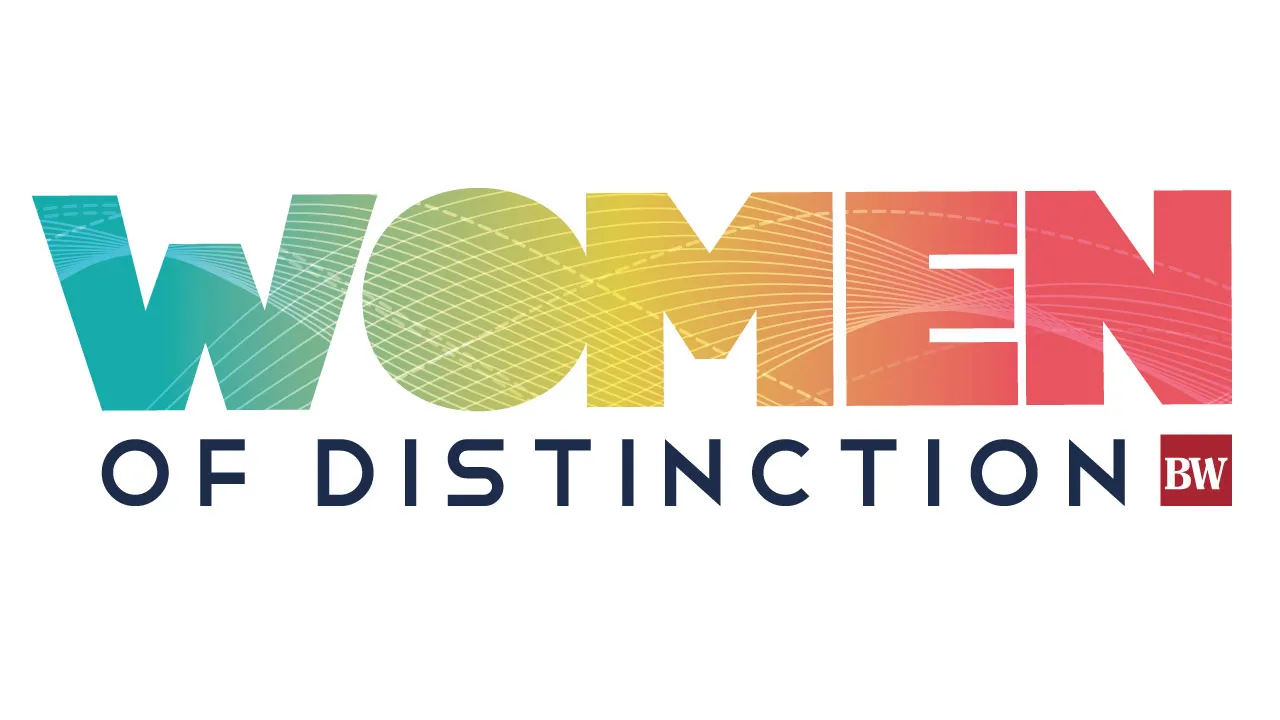Dierschow: Dispersed workforce will present issues in leadership
As 2020 continues through all its various phases, many of us now have what’s called a “hybrid” organization: some people working on-site, others working from home. I’ve even seen a number of companies that have adopted this as a long-term model, because there can be a number of benefits.
But it sure requires some different management skills.
Part of the problem is simply that we’re human. We pay more attention to people who are closer — physically in the same room. Perhaps this stemmed from our evolution, where threats and relationships were all within reach.
SPONSORED CONTENT
What this means, though, is that your remote employees are at a disadvantage. They don’t typically get the same level of attention as the others, and it’s harder for you to pay attention to their needs.
If you yourself are remote, that helps, because everyone is equally just a Zoom call away. But a cluster of employees who work together will naturally have better social bonds, at the expense of those they don’t constantly see.
I’ve been in all these scenarios myself: local and remote, manager and employee, part of a cluster or an individual working out of my home. So here are some of the tools I’ve developed that can help you maintain a powerful organization.
As a leader, recognize that each individual person is equally worthy of your attention. This is a philosophy that helps you go out of your way to communicate even when it’s not convenient and to consider the unique needs of each and every employee.
Next, realize that there’s a lot going on for each person right now. Home-based employees are often dealing with out-of-work families, kids schooling from home, illnesses, and the inconveniences introduced by the pandemic. You need to be empathetic and supportive for all your employees.
This is when you need to work hard on your leadership skills. When someone is motivated by the interesting work they’re doing and the value delivered to customers and others, they won’t need to be micromanaged. But it’s not easy to keep remote employees engaged. You need to adapt to each person’s style and have plenty of interactions.
That goes for teams as well. Often you’ll have smaller groups of people who need to work well together, and each of those teams develops its own style based on the job and the personalities. Your role as leader is to understand them and keep them engaged even when they’re working remotely.
Next, give your people the tools they need to be effective. I’ve seen so many examples of remote employees forced to work with IT, which works great in the office but totally fails in the typical home network setup. Or where meetings are created at a time that is convenient for those in one time zone but don’t allow for the remote employee to take their kid to school in the morning. Or have dinner with family.
Yes, these are difficult issues. But are you committed to the success of your team, or not?
Finally, I’ll observe that the typical evaluation can be horribly biased against remote workers. The simple fact is that you have more information about the contributions of local employees you interact with constantly, and you’re more likely to consider them as friends. So if you’re going to operate in a system of management doing performance evaluations, you have to develop the mindset that everyone — each and every employee — is as local to you as the others. You understand each person’s situation and contribution, and care about them, as much as the next.
When I managed a distributed team in a global corporation, I developed the practice of always visiting every employee on their home turf. It helped them see me as a caring and supportive person, not just a voice on the phone and name on the org chart. More importantly, it gave me valuable information about their unique situation and helped me to connect with them as a valued contributor.
Since then, we have much better video tools but are restricted in our physical meetings. Don’t fool yourself into thinking you can rely on group Zoom calls to connect with each person. It’s going to take a lot more focus and investment of your time.
Remember to deeply connect with every employee and become the leader who has a strong relationship with each of them.
Carl Dierschow is a Small Fish Business Coach based in Fort Collins, specializing in companies committed to improving society and the world. His website is www.smallfish.us.
As 2020 continues through all its various phases, many of us now have what’s called a “hybrid” organization: some people working on-site, others working from home. I’ve even seen a number of companies that have adopted this as a long-term model, because there can be a number of benefits.
But it sure requires some different management skills.
Part of the problem is simply that we’re human. We pay more attention to people who are closer — physically in the same room. Perhaps this stemmed from our evolution, where threats and relationships were all within reach.

